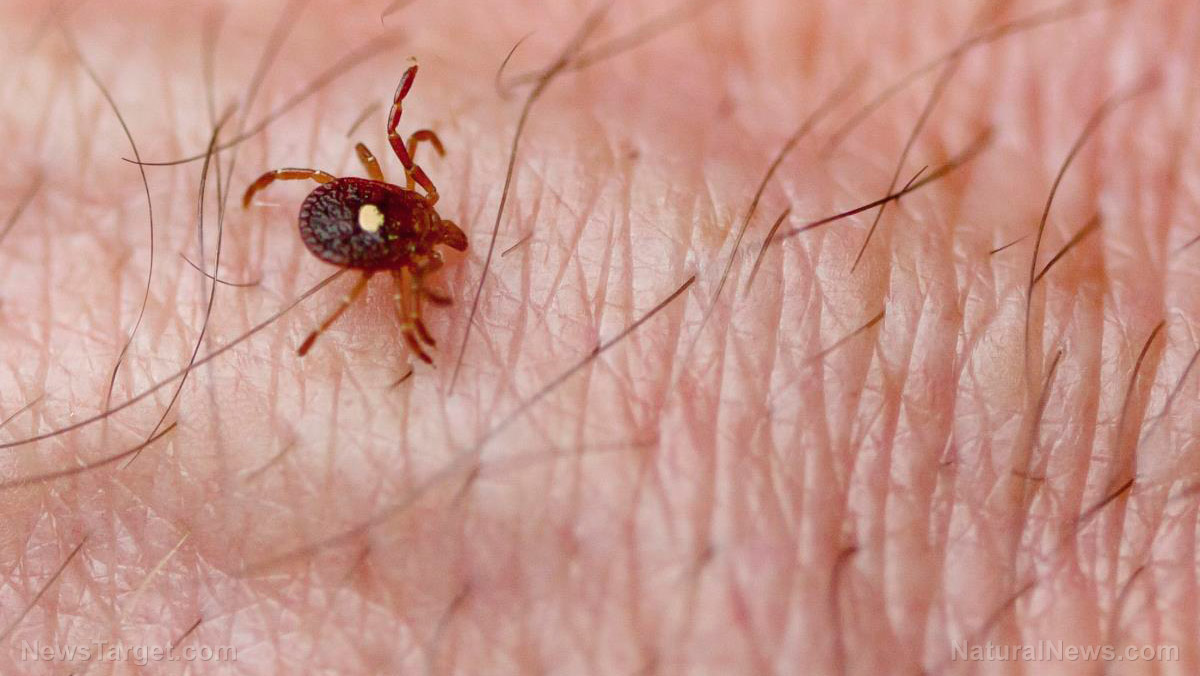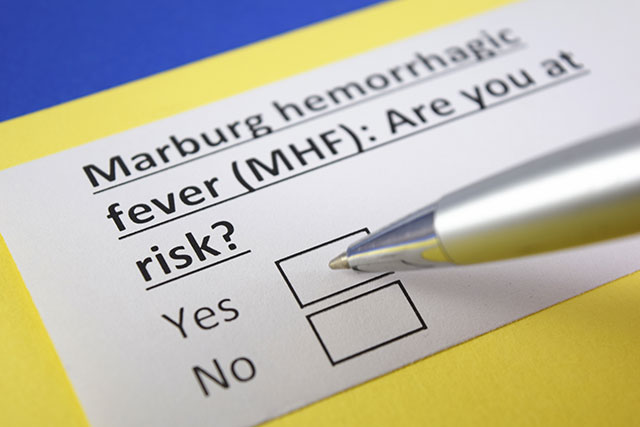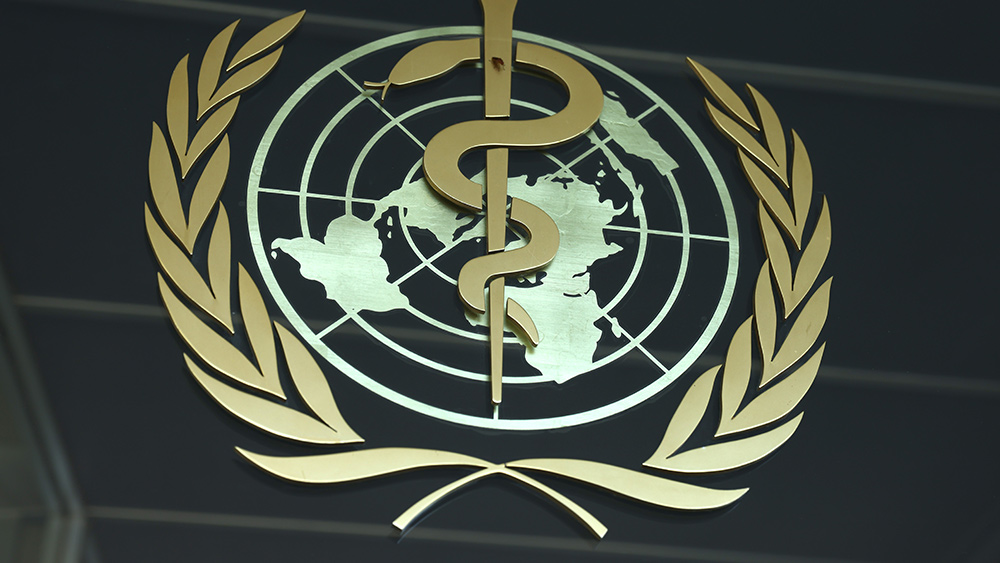NIH official caught developing new version of monkeypox that’s 1,000 times more lethal than the last one
04/06/2023 / By Ethan Huff

Several members of Congress are trying to get answers from the National Institutes of Health (NIH) about a researcher there who is tampering with multiple different strains of monkeypox in order to produce a super-monkeypox virus that is 1,000 times more deadly than the last one.
House Energy and Commerce Committee Chair Cathy McMorris Rodgers (R-Wa.), Subcommittee on Health Chair Brett Guthrie (R-Ky.), and Subcommittee on Oversight and Investigations Chair Morgan Griffith (R-Va.) recently sent a second letter to Lawrence Tabak, a senior official at the NIH who is currently performing the duties of director, requesting details about the project. They sent an initial letter back on Oct. 31, 2022, but never received any response.
In this second letter, the three members of Congress also included a formal notice asking the NIH to preserve all existing and future records and materials related to the new monkeypox project so it can be reviewed and scrutinized at some point in the future.
(Related: Remember when public health officials were caught lying about the last monkeypox scare?)
Why is the government once again tampering with deadly bioweapons – and using YOUR tax dollars to do it?
What the unnamed NIH employee is doing with the project involves transferring genes from “clade 1” or Congo Basin clade monkeypox virus into “clade 2” or West African clade monkeypox virus.
The clade 1 variety of monkeypox is extremely rare, and is said to be 1,000 times more lethal in mice than the current circulating version, which is clade 2. Clade 1 monkeypox is so dangerous that it is currently classified as a Federal Select Agent.
Information about the specifics of this gene-splicing experiment came to light after the researcher in question started discussing his plans in a September 2022 Science article about the work of the National Institute of Allergy and Infectious Diseases (NIAID), which up until last year was headed up by Tony Fauci, on monkeypox.
“Based on the available information, it appears the project is reasonably anticipated to yield a lab-generated monkeypox virus that is 1,000 times more lethal in mice than the monkeypox virus currently circulating in humans and that transmits as efficiently as the monkeypox virus currently circulating in humans,” a key excerpt from that article reads.
“The risk-benefit ratio indicates potentially serious risks without clear civilian practical applications. Accordingly, this experiment would seem to involve risks reasonably anticipated to create, transfer, or use PPPs resulting from the enhancement of a pathogen’s transmissibility or virulence in humans. Thus, under the circumstances, we are interested in learning whether this experiment was reviewed under the HHS P3CO framework used to review research proposals posing significant biosafety or biosecurity risks.”
The article goes on to state that clade 2 monkeypox, the kind supposedly in circulation right now, is not all that worrisome with a less than one percent mortality rate. Conversely, clade 1 monkeypox has a 10 percent case fatality rate, which is much more significant.
“Because of its significantly greater lethality, clade 1 or Congo Basin clade monkeypox viruses are regulated as select agents by the Federal Select Agents Program,” the report goes on to state.
“Entities that possess, use, or transfer this agent must comply with the HHS Select Agent and Toxin Regulations unless there is an applicable exemption or exclusion. Thus, under these regulations, it would appear the clade 1 monkeypox virus experiment is a restricted experiment that must be reviewed by the Federal Select Agent Program, and may be further reviewed by the Centers for Disease Control and Prevention’s (CDC’s) Intragovernmental Select Agents and Toxins Technical Advisory Committee (ISATTAC).”
The latest news coverage about the government’s ongoing public health scare tactic campaigns can be found at Plague.info.
Sources for this article include:
Submit a correction >>
Tagged Under:
biowar, bioweapon, dangerous, depopulation, Federal Select Agent, Lawrence Tabak, lethal, monkeypox, NIH, Plague, terrorism
This article may contain statements that reflect the opinion of the author
RECENT NEWS & ARTICLES
COPYRIGHT © 2017 PLAGUE INFO


















